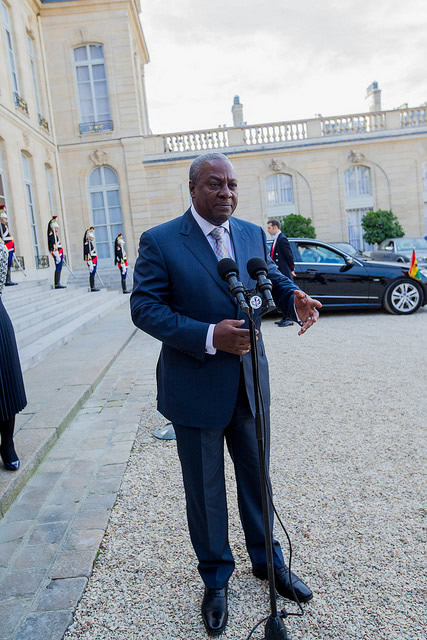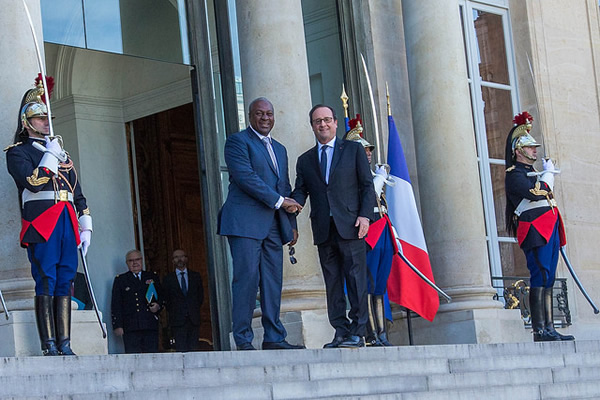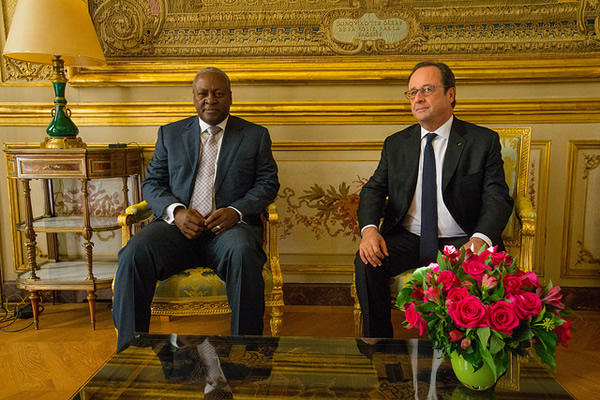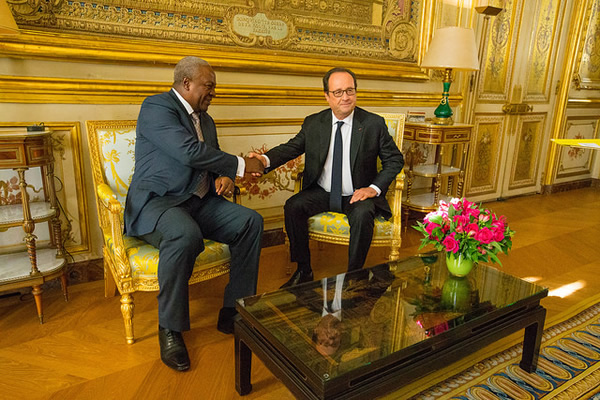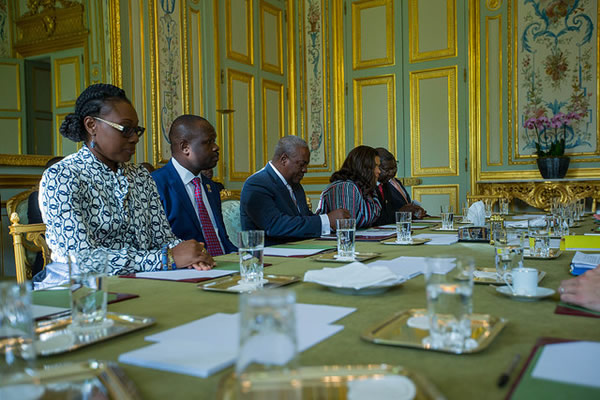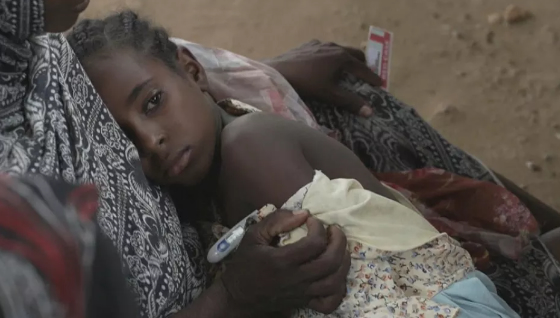
U.N. humanitarian officials said Wednesday that nearly a year into Sudan’s civil war, almost 18 million people are facing crisis levels of food insecurity — and tens of thousands of children are at particular risk of death from malnutrition.
“Areas with active conflict are recording the most highly food-insecure populations,” Maurizio Martina, deputy director general of the Food and Agriculture Organization, or FAO, told a meeting of the U.N. Security Council.
“Nearly nine out of 10 people facing emergency food insecurity — IPC Phase 4 — are in conflict hotspots in the Darfur and Kordofan region, as well as Khartoum and Al Jazirah States,” he said, referring to the Integrated Phase Classification index for hunger.
Nearly 730,000 children are projected to suffer from severe acute malnutrition, including upwards of 240,000 children in Darfur, where fighting has been intense.
“Our humanitarian partners estimate that in the coming weeks and months, somewhere in the region of around 222,000 children could die from malnutrition,” said Edem Wosornu, director of operations for the U.N. Office for the Coordination of Humanitarian Affairs, or OCHA.
She said a recent assessment by charity Medecins Sans Frontieres concluded that one child is dying every two hours from malnutrition in the Zamzam displacement camp in North Darfur.
The FAO’s Martina said these are the worst levels of hunger ever recorded by the IPC during Sudan’s harvest season. They are driven by the conflict, as crops are destroyed in the fighting and farmers flee their land, critical infrastructure is damaged, food and fuel prices surge, and access to markets is disrupted. All this while Sudanese are experiencing an economic crisis that began in 2019 and saw inflation hit 300% by the end of last year.
By the time the lean season arrives in May, the U.N. warns, almost 5 million people in some parts of the country could face catastrophic levels of hunger — just a step away from famine.
Next season’s harvest is also at risk if farmers cannot prepare their land and plant seeds at the end of May and through June.
“The outlook for food production in 2024 is bleak,” Martina said.
Humanitarians said they need the fighting to stop, more funding, and safe and unrestricted access to all communities in need in order to avert a larger crisis.
“Our efforts to reach these civilians are challenged by the relentless violence and by interference from the warring parties,” said Carl Skau, deputy executive director of the World Food Program. “And bureaucratic obstacles are further shrinking the space for humanitarians to operate.”
The U.N. has appealed for $2.7 billion for Sudan this year and has received only $133 million, which imperils its relief operation.
Fighting erupted in April last year between Sudan’s army chief, General Abdel Fattah Burhan, and Mohamed Hamdan Dagalo, who commands the paramilitary Rapid Support Forces. The two generals were once allies in Sudan’s transitional government after a 2021 coup, but they became rivals for power.
The ensuing war has led to thousands of deaths, a massive displacement crisis and large-scale atrocities, particularly against non-Arab communities in the country’s Darfur region.
On March 8, the Security Council adopted a resolution calling for a cease-fire for the Muslim holy month of Ramadan, which has been ignored by the warring parties.
Sudan is now home to the world’s largest internal displacement crisis, with 6.3 million people forced from their homes in search of safety. Another 1.7 million have fled to neighboring countries. More than 70% of health facilities in conflict areas have stopped functioning.
Source: voanews.com














